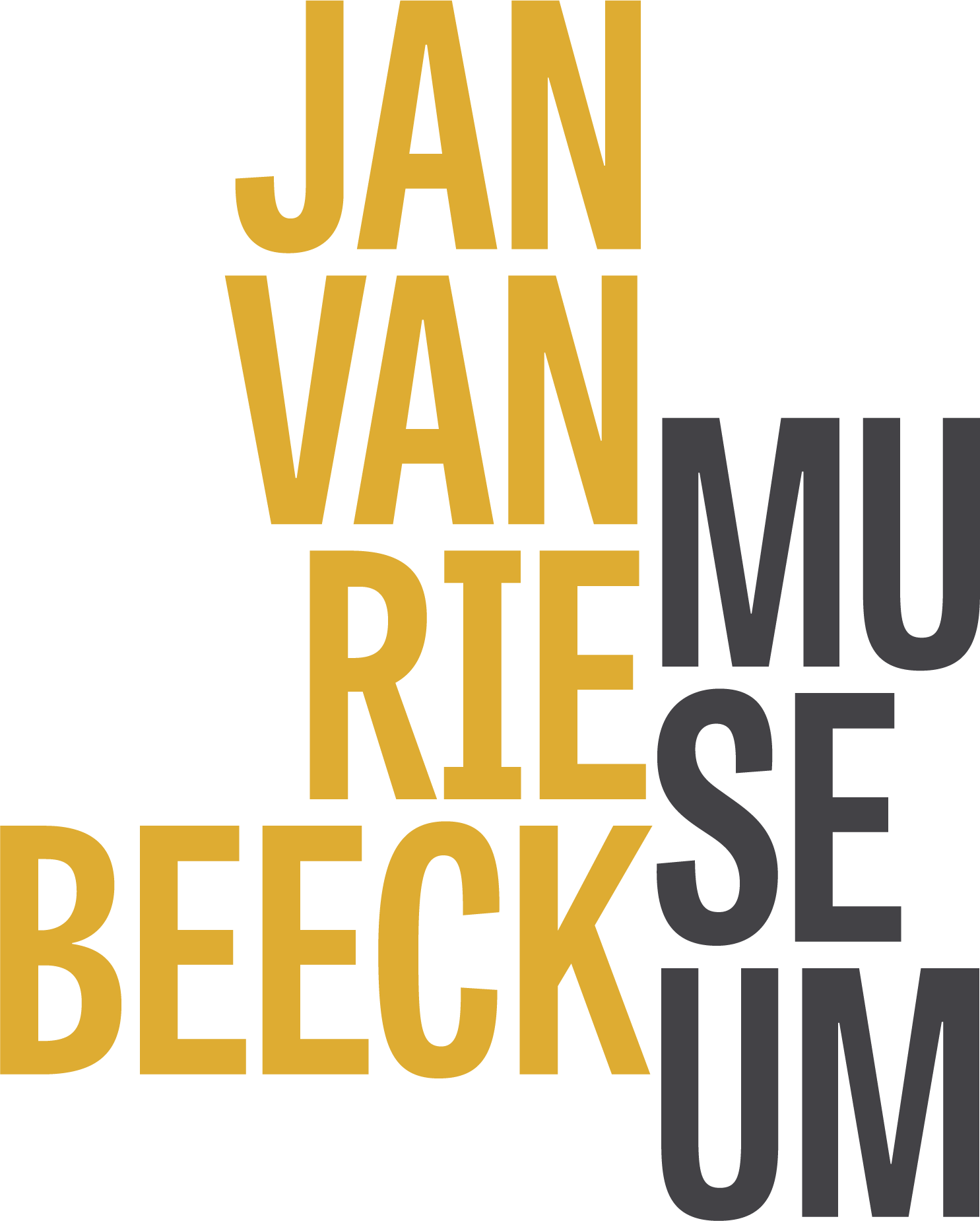Throughout the centuries, women have been involved in making art, whether as creators and innovators of new forms of artistic expression, patrons, collectors, sources of inspiration, or significant contributors as art historians and critics.
Women have been and continue to be integral to the institution of art, but despite being engaged with the art world in every way, many women artists have found opposition in the traditional narrative of art history. They have faced challenges due to gender biases, from finding difficulty in training to selling their work and gaining recognition. So how have women come forward as such strong voices in art and art history today, and how do we go about telling the stories of those who were forgotten by history?
According to a story by Pliny the Elder, a Roman writer from the first century C.E., the first drawing ever made was by a woman named Dibutades, who traced the silhouette of her lover on a wall. Whether you choose to believe this account or not, it is worth noting that although Western mythology tells us that a woman was the first artist, her female successors received little attention until the end of the 20th century. From antiquity onwards, only a small sample of women found their way into the tales of the greatest artists. Even then, they were often described as unusually talented women who overcame the limitations of their gender in order to excel in what was believed to be a masculine field. British artist Mary Beale was a successful portraitist in the late 1600s, but much of her success was attributed to the fact that her husband oversaw their studio and presented her works as experiments in the painting methods he developed. Gwen John, whose self-portrait appears isolated and scrutinizing, struggled for recognition in a field dominated by men, including her accomplished brother Augustus.
For centuries, women were systematically excluded from the records of art history. This was due to a number of factors: art forms like textiles and what we call the “decorative arts” were often dismissed as craft and not “fine art”; many women were kept from pursuing a general education, let alone arts training, and finally the men who dominated the discipline both in practice and history often believed women to be inferior artists. As artist and instructor Hans Hoffmann once said in a “compliment” to the influential abstract expressionist painter Lee Krasner in the mid-20th century: “This is so good you wouldn’t know it was done by a woman.”


